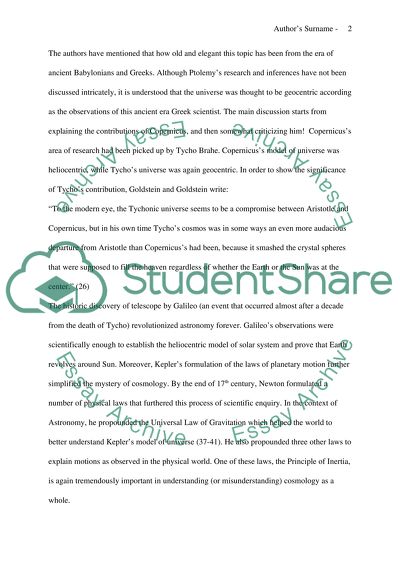Cite this document
(“Feynman's Lost Lecture Book Report/Review Example | Topics and Well Written Essays - 1250 words”, n.d.)
Retrieved from https://studentshare.org/literature/1485962-feynman-s-lost-lecture
Retrieved from https://studentshare.org/literature/1485962-feynman-s-lost-lecture
(Feynman'S Lost Lecture Book Report/Review Example | Topics and Well Written Essays - 1250 Words)
https://studentshare.org/literature/1485962-feynman-s-lost-lecture.
https://studentshare.org/literature/1485962-feynman-s-lost-lecture.
“Feynman'S Lost Lecture Book Report/Review Example | Topics and Well Written Essays - 1250 Words”, n.d. https://studentshare.org/literature/1485962-feynman-s-lost-lecture.


